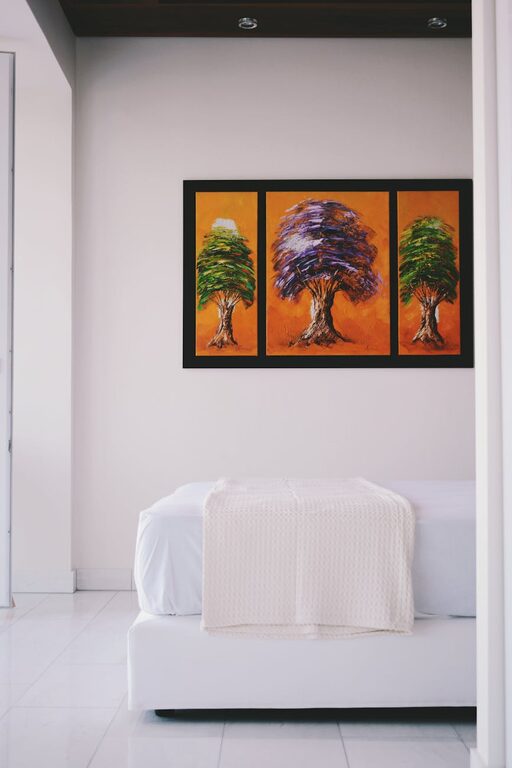
Creating a peaceful, relaxing home environment starts with choosing the right colors. Calm colors can transform your living space into a soothing retreat from the hustle and bustle of everyday life. But with so many shades available, how do you pick the best ones for your home? In this post, we’ll explore helpful tips for selecting calm colors that promote serenity and comfort in your rooms.
Why Choose Calm Colors?
Colors influence our mood and energy levels in powerful ways. Calm colors tend to reduce stress, promote relaxation, and create a sense of balance. They help make your home feel inviting, restful, and harmonious—ideal for unwinding after a long day or spending quality time with family.
Understanding Calm Color Palettes
Calm colors are typically soft, muted, and natural. They are often inspired by nature, which naturally evokes tranquility.
Popular Calm Color Families
– Blues: Think soft sky blue, powder blue, or dusty blue. Blue is widely associated with calmness and can help lower anxiety.
– Greens: Sage, mint, and olive tones reflect nature and symbolize renewal and relaxation.
– Neutrals: Warm whites, beiges, light greys, and taupes provide a soothing, versatile backdrop.
– Soft Pastels: Pale pinks, lavender, and peach can add gentle warmth without overwhelming the senses.
Tips for Choosing Calm Colors for Your Home
1. Consider the Room’s Purpose
Different rooms serve different needs, so tailor your color choices accordingly.
– Bedrooms: Opt for soft blues, greens, or muted lavender to encourage restful sleep.
– Living Rooms: Choose warm neutrals or gentle greens to create an inviting atmosphere.
– Kitchens: Light and clean colors like pale yellow or soft grey can bring calm without being dull.
– Bathrooms: Crisp blues or seafoam green provide a spa-like serenity.
2. Test Colors in Natural and Artificial Light
Colors may look different depending on the light source and time of day. Always test paint samples in small areas of your room at various times before committing.
3. Use Color Samples and Swatches
Bring home paint chips or fabric swatches with your target colors. Place them against your furniture and décor to ensure they harmonize well.
4. Incorporate Multiple Shades and Textures
Don’t limit yourself to one shade. Layering complementary colors in different tones can add depth and interest without losing calmness. Mixing textures like soft fabrics, matte finishes, and natural materials also enhances the cozy feeling.
5. Balance with Accents and Neutral Elements
Use calm colors for walls and larger areas, and complement with subtle accent colors through pillows, rugs, or artwork. Neutral furnishings and décor help balance the palette and prevent overwhelming the senses.
Common Mistakes to Avoid
– Choosing colors that are too bright or saturated: These can feel energizing rather than calming.
– Ignoring undertones: For example, some blues might have green or purple undertones that affect the overall mood.
– Overusing one shade: A single color dominating a room can feel flat; mix in varied tones and textures.
Final Thoughts
Selecting calm colors is a wonderful way to bring peacefulness and harmony into your home. By considering the purpose of each space, testing colors thoroughly, and balancing your palette thoughtfully, you can create inviting rooms that encourage relaxation and joy. Remember, the best calm colors feel personal and comforting to you—that’s what truly makes your house a home.
—
We hope these tips help you choose colors that bring tranquility and warmth to your living spaces. Happy decorating!
